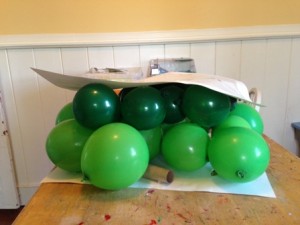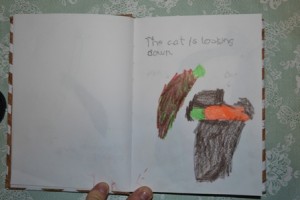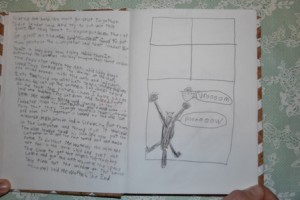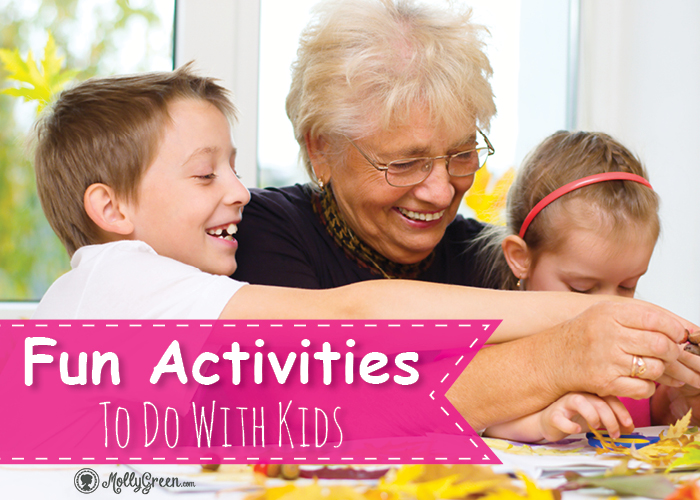By Alyce Repko
One of my goals as a public school science teacher was to make the class fun. I had a reputation of having a class that “went fast.” I am no longer teaching in the public school system, but when I can get an opportunity to teach my grandchildren, I am thrilled.
When my eldest daughter was preparing to have her fifth child she asked me to take care of their four other children—ages 4 to 11—for a couple of days. When the day arrived for us to pick them up from their home they were already anticipating all of the things they wanted to do. In addition to the activities they wanted to do, I also planned a fun breakfast and lunch, a science craft, and a creative writing assignment for them as well. We were all going to have fun!
Within two hours of arriving at our home, my son-in-law announced to the children, via cell phone speaker, that they had a new baby brother! Needless to say, they had a hard time getting to sleep that night. We did as well.
Before I arose the next morning, the kids had all dressed and tramped to the chicken coop to collect fresh eggs for breakfast. With their hot chocolate served in the porcelain mug of their choice, they had scrambled egg on a toasted English muffin.
After breakfast, we worked on some math, as per their mother’s request. My daughter also requested a science project related to leaves or trees as they had just finished this topic in their studies. I knew the exact project I was going to do, a school class project I created during my tenure—a leaf cross section! I found a diagram of a leaf cross section online, along with definitions to the anatomy of a leaf. Everyone was “required” to participate, but no one was going to turn down doing an “art project” with Gigi.
For this project you will need two pieces of poster paper, a graphite pencil for drawing, 
On one piece of poster paper, I demonstrated drawing a stoma in pencil, then outlined the diagram with the marker. The lower epidermis of a leaf has more of these pores than the upper epidermis. I directed them to make more than one. After they were outlined, the openings were cut open. The 4-year old did not cut the paper, but drew one stoma very carefully and accurately, and was very neat with the marker. When finished, we taped a piece of plastic wrap over the stomata on the paper. This represented the waxy cuticle layer of the leaf.
With the lower epidermis stomata and plastic wrap face down on the table, we inflated the light green balloons about half way or a tad larger. Using the tape as double sided tape, the balloons were taped to each other and the paper. This represented the spongy mesophyll. The paper tube was then maneuvered between the balloons and taped to the paper epidermis on the “inside.” This represented the vascular bundle. If you wish, you could fill the vascular bundle with straws to be more “accurate.” We then inflated the dark green balloons smaller than the light green balloons. These smaller balloons were taped to themselves and the light green balloons. This represented the palisade mesophyll. While we worked, the older grandchildren would read and refer to the definitions of the parts of the leaf.

After a relaxing period of free time, we moved on to creative writing. I had purchased a journal for each child to use. I had discovered the wordless picture book Mr.Wuffles! by David Wiesner and thought this book would make a great prompt and motivator for my 11-year-old granddaughter who loves to write, but has difficulty finding a good subject.


The 4-year-old drew and colored the pictures as he saw them in the book; I helped him with the titles that he chose. 
All four grandchildren are looking forward to staying over another time, and are already making plans. They had a great time, and so did I.
Alyce Repko is the wife of a hard-working husband, and a mother to six adult children who live in five different states. On their six acre farm they raise rabbits, chickens, and sheep. In addition she puts up food, does freelance artwork, plays with a local orchestra, knits, sews, and buys too many books.





